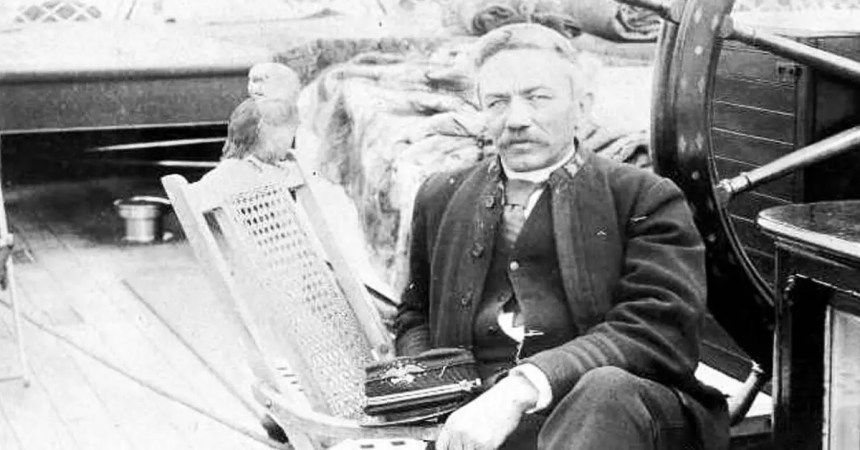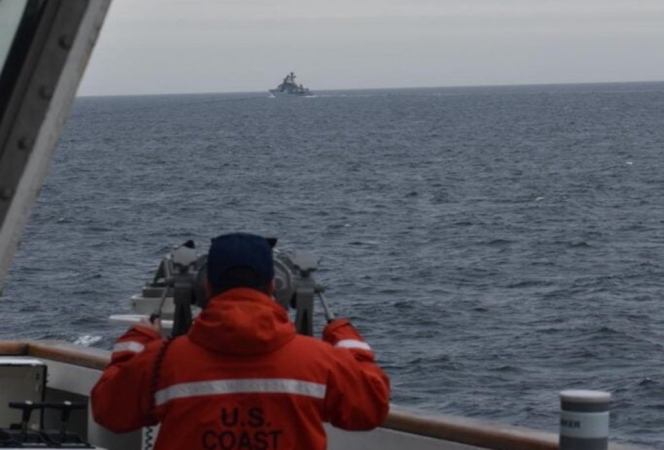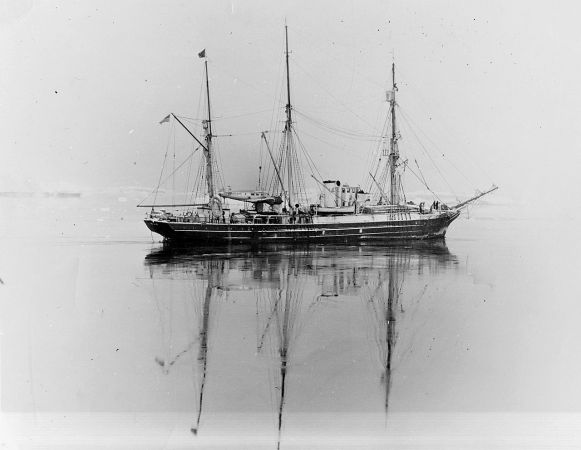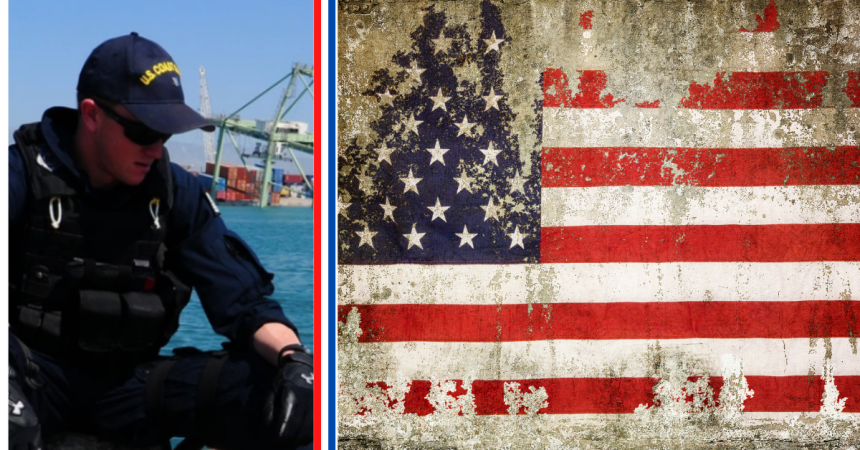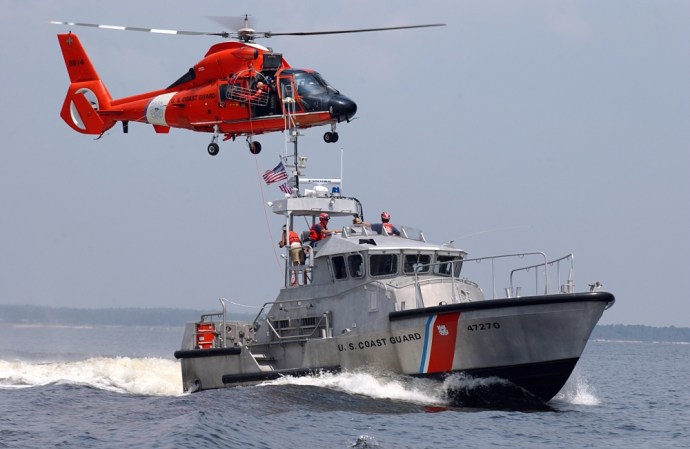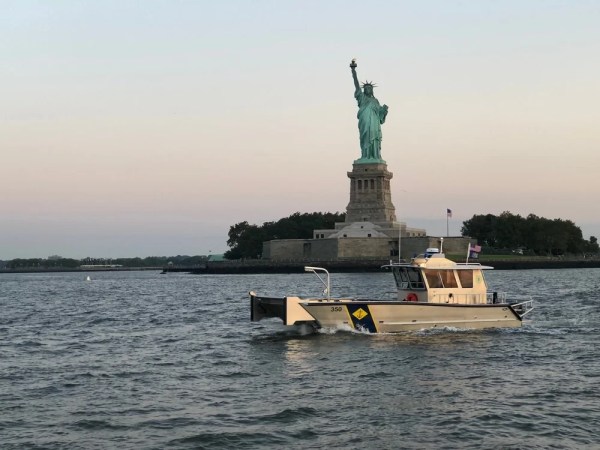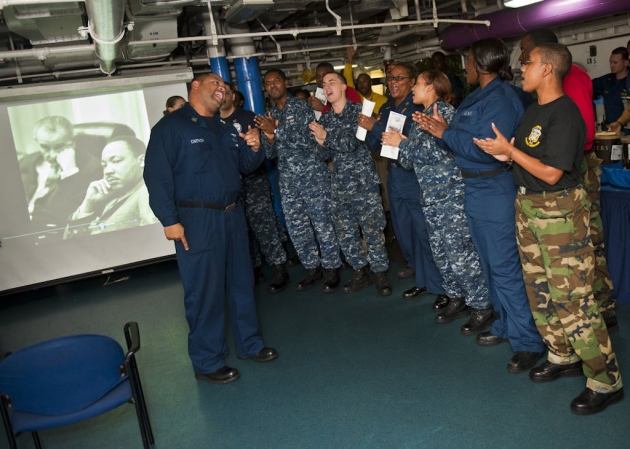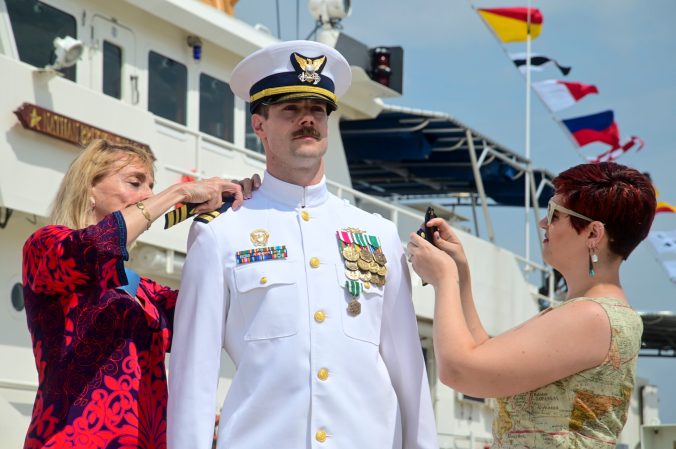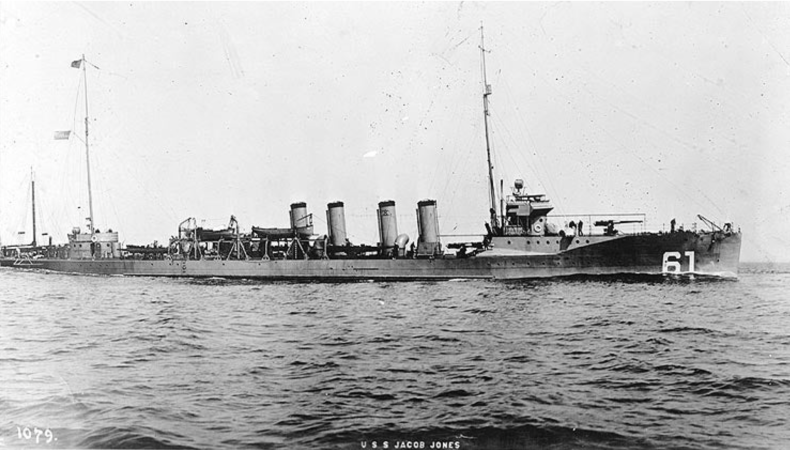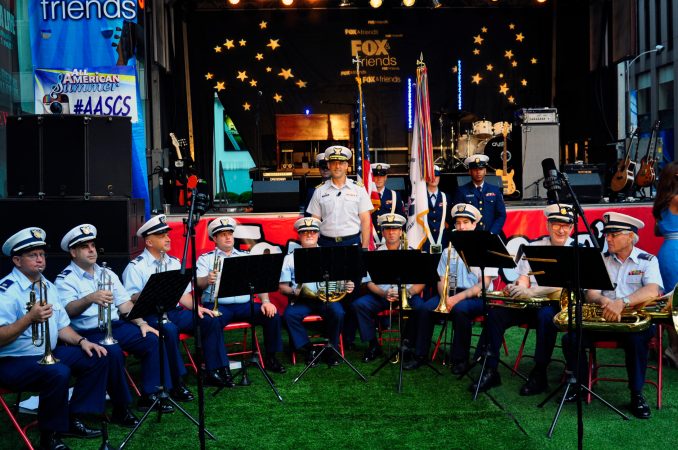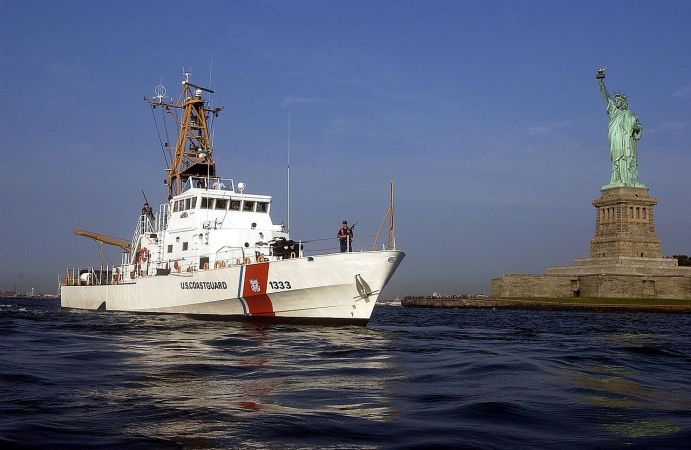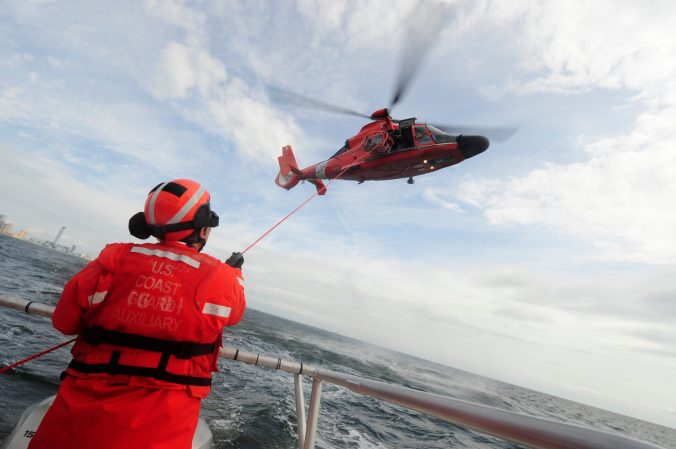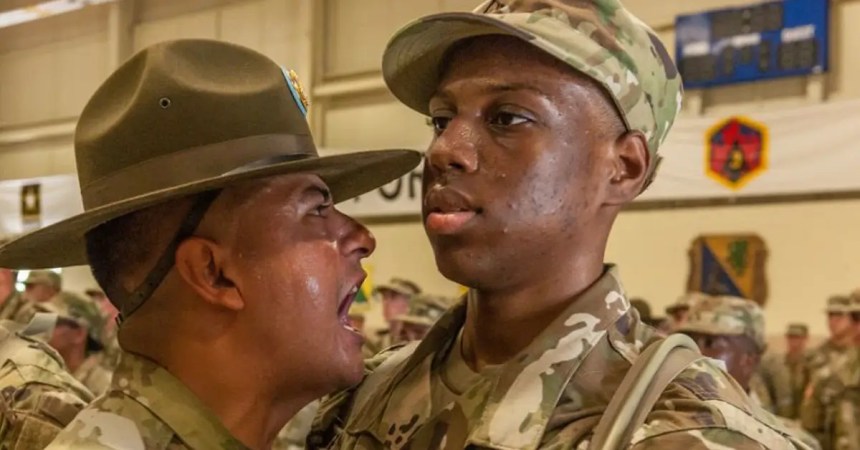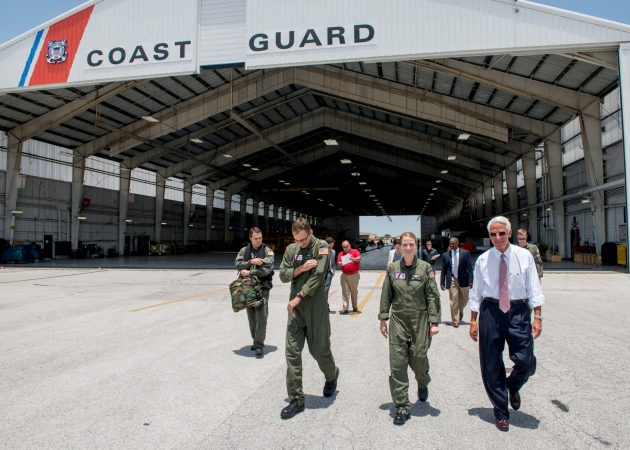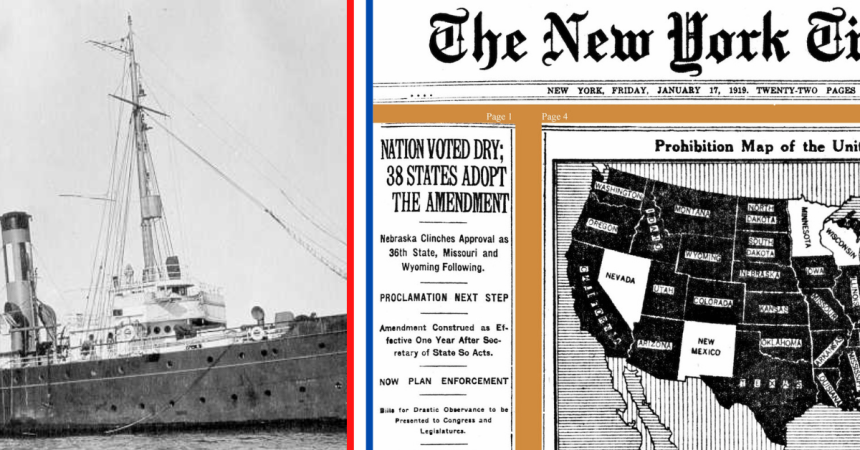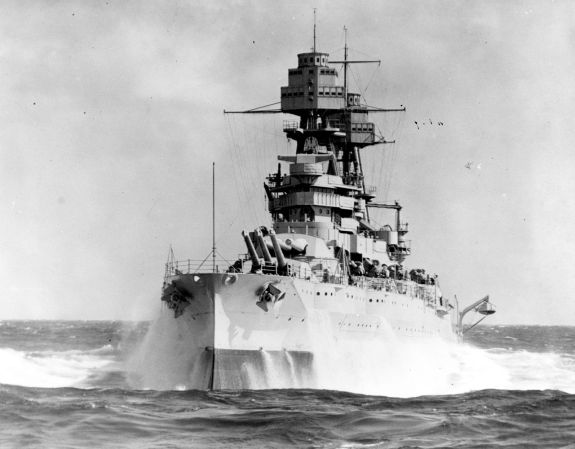The Coast Guard gets a bad rap as “those people who bust up boat parties and check for life vests,” but they’re actually a bunch of terrorism fighting, pirate hunting, lifesaving warfighters.
Check out these 7 surprising facts about America’s oldest maritime branch:
1. The Coast Guard is the oldest continuous maritime service, no matter what the Navy claims as their birthday.

After the American Revolution, the Continental Navy was disbanded, and the nation was without a naval force until the Revenue Cutter Service, the precursor to the Coast Guard, was established on August 5, 1790. This was seven years before the first three Navy ships would sail in 1797.
2. The Coast Guard was the first agency to respond to New Orleans after Hurricane Katrina.

As soon as it was safe for the Coast Guard to fly, crews from all over the United States began to save those left behind in murky waters and stranded on rooftops, deploying even before the Louisiana National Guard. The USCG would save more than 33,000 lives in the aftermath.
3. Before there was a government in Alaska, there was the Revenue Cutter Service.

After a failed, ten-year-long attempt for the Army to take charge of the vast coastlines of Alaska, the Revenue Cutter Service was charged with taking care of the Alaska territory and its people. Over the next eight decades, the USRCS, and later the Coast Guard, would watch out for the best interests of natives,
4. The Revenue Cutter Service was the original IRS.

The US Revenue Cutter Service was established first and foremost to enforce the taxes and tariffs of the newly born country in an effort to recover from the debt that the revolution had caused. This mission would evolve into the Coast Guard’s role in maritime law enforcement and drug and interdiction.
5. The Coast Guard has one of America’s only active commissioned sailing vessels, and it was originally a Nazi warship.

The SSS Horst Wessel was taken by the U.S. as a war reparation at the end of World War II, and given to the US Coast Guard upon request of the Coast Guard Academy’s superintendent. Since 1946, the Cutter Eagle has deployed around the world yearly with cadets and officer candidates to teach them the art and science behind sailing, as well as team work and crew safety. Civilians are occasionally invited aboard, including President John F. Kennedy and Walt Disney, who climbed the riggings of the main mast with cadets.
6. A Coast Guard vessel was once used to broadcast propaganda through the Iron Curtain.

During the Cold War, the United States developed Voice of America, a program that still today seeks to serve as an accurate news source, and is broadcasted throughout the world. The Cutter Courier was stationed in Rhodes, Greece from 1952 to 1964 and was outfitted as a giant radio transmitter, transmitting news into the Soviet Union.
7. The Coast Guard evacuated Manhattan in the wake of 9/11.

Before the dust had settled at Ground Zero, the Coast Guard conducted an evacuation of more than 500,000 terrified and confused citizens from Manhattan to mainland New York City with the help of civilian vessels ranging from ferries to small sailboats in the area. After the cleanup began, the Coast Guard Commandant ordered a detail of Coasties to clean the Trinity Churchyard, where Alexander Hamilton, considered Father of the Coast Guard, is buried.




